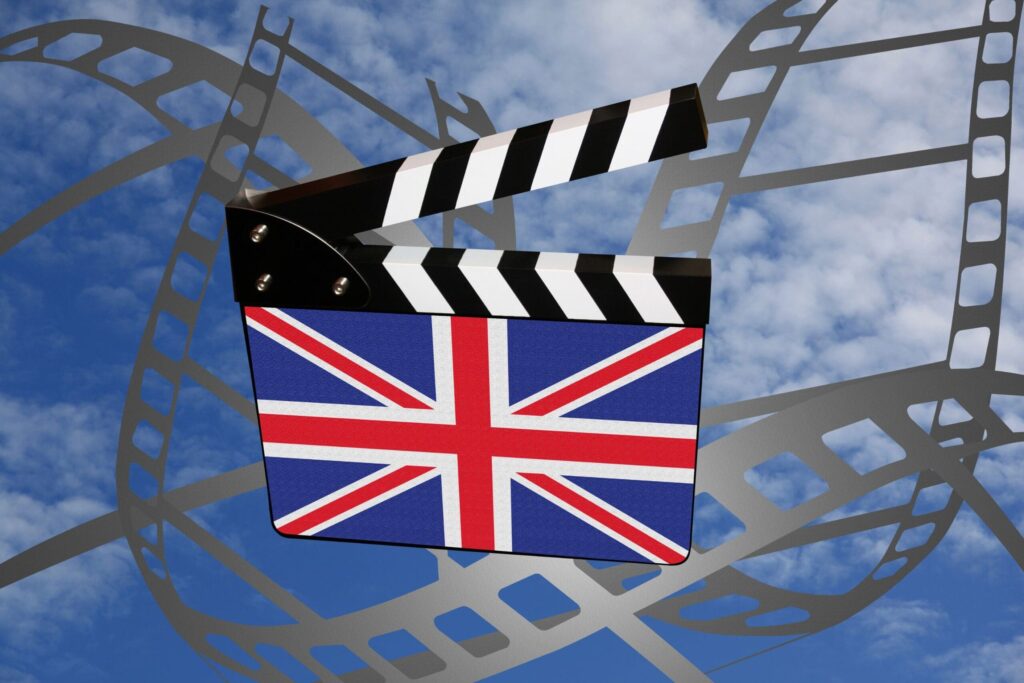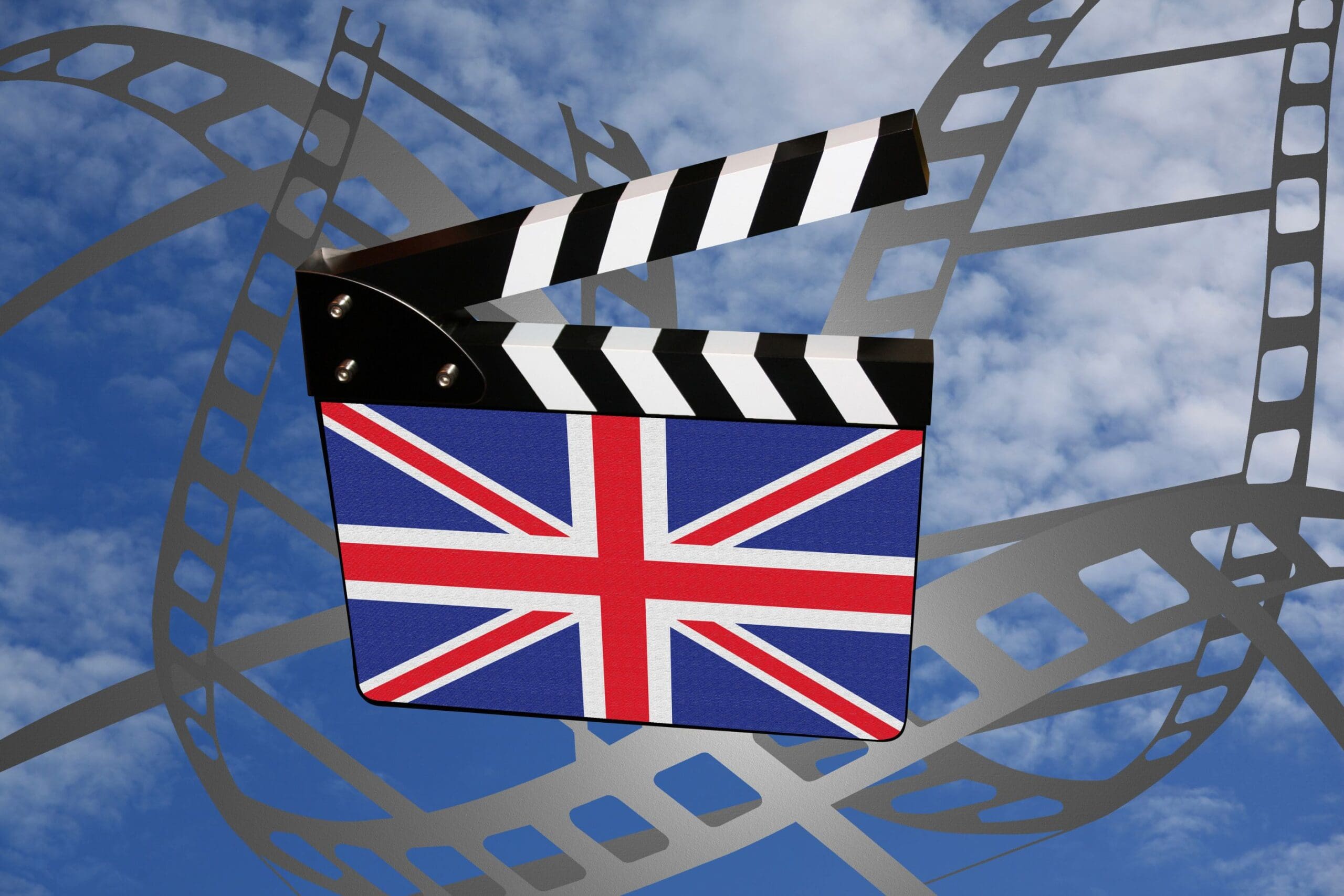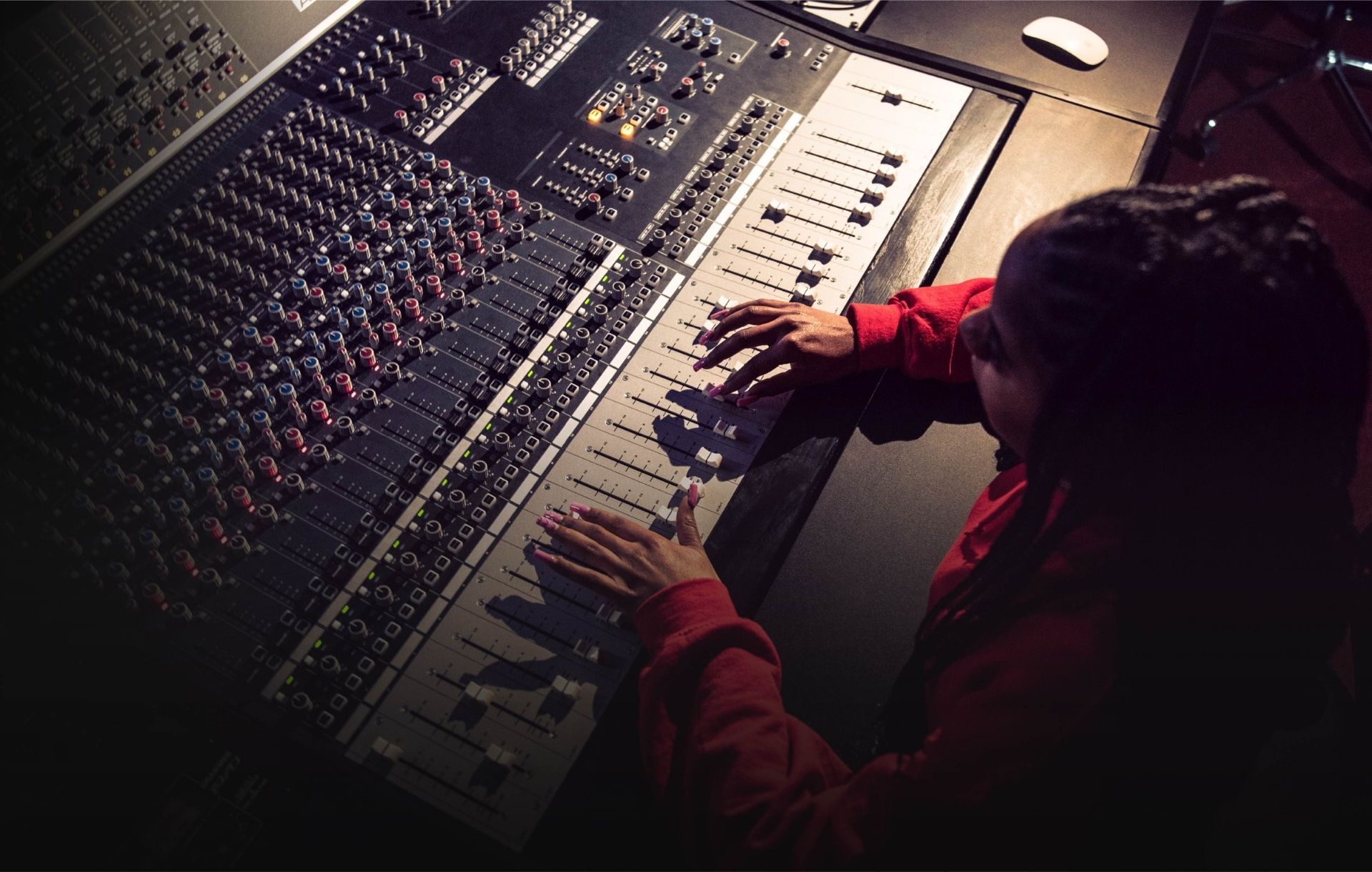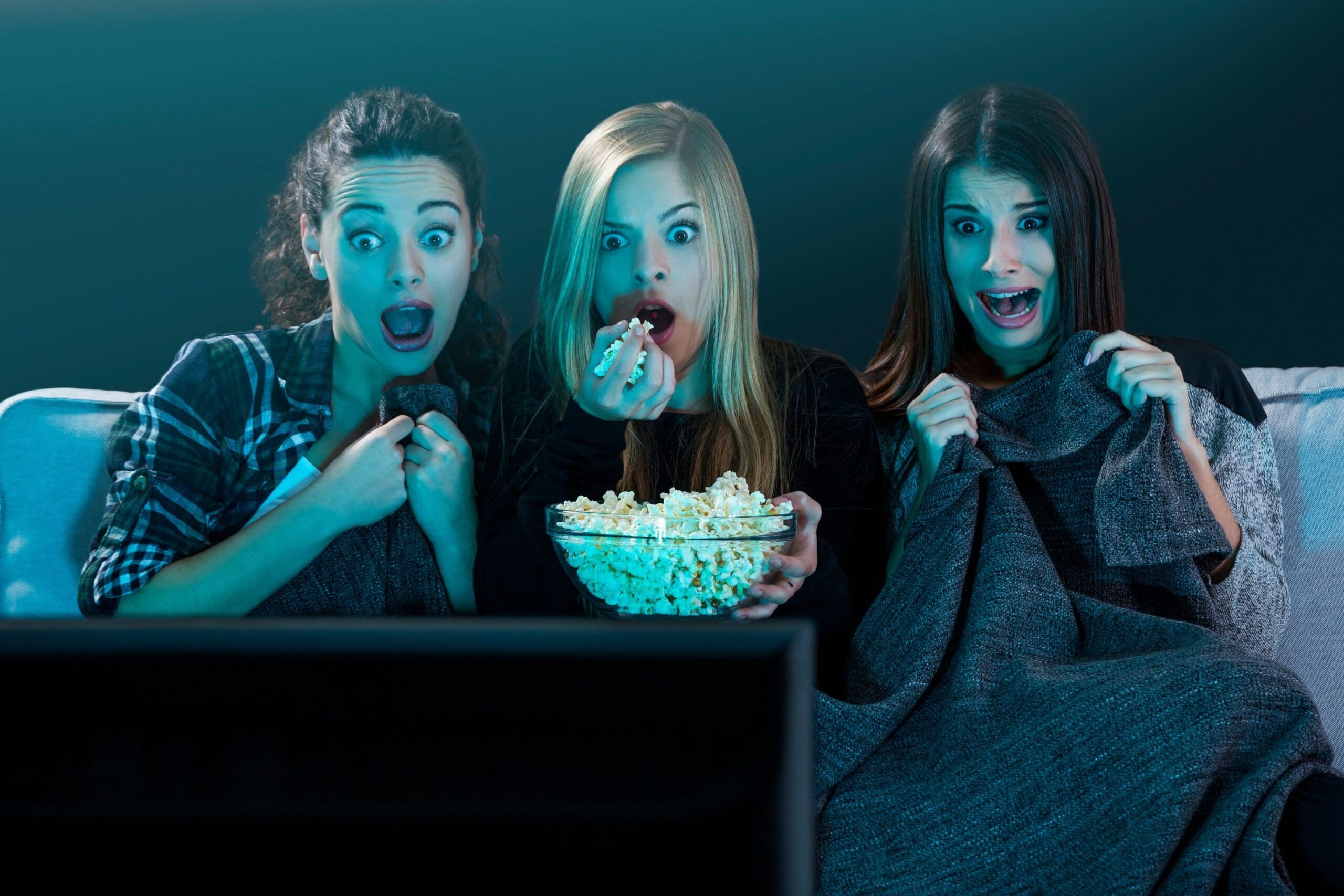British cinema is renowned for its rich legacy, noted by many influential films that have left a persisting impact on global filmmaking. From thrillers to gritty social dramas, British filmmakers have pushed boundaries and introduced new storytelling techniques, from thrillers to gritty social dramas.
In this blog, we’ll explore popular British films that have defined genres, inspired directors worldwide, and showcased the creativity of famous British filmmakers. Each of these films not only captivated audiences worldwide but also redefined cinema.
British Film History
British cinema has a rich and varied history marked by periods of innovation, struggle, and influence over global film culture. Let’s dive in:
1890s–1910s – The Birth of British Cinema:
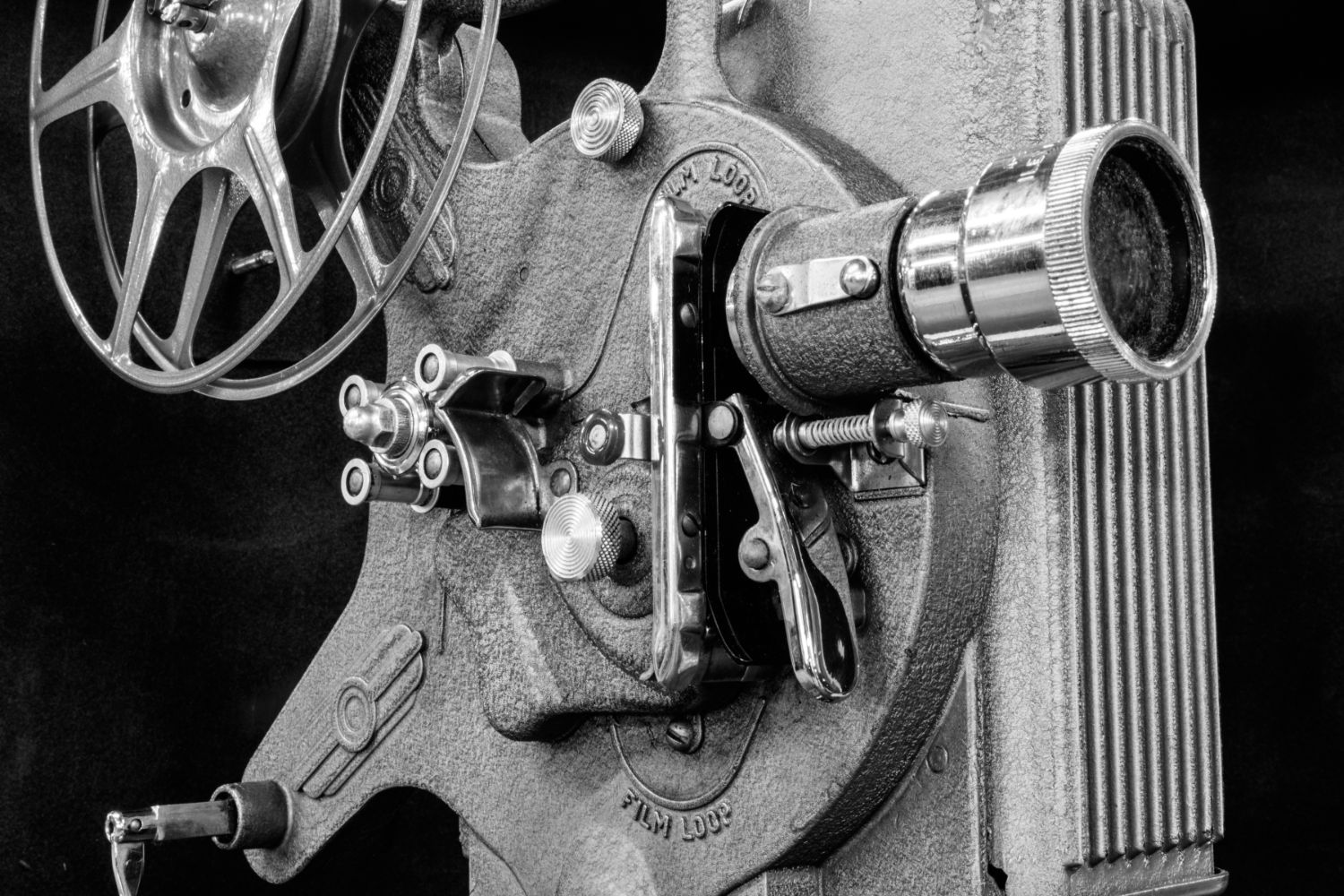
British cinema started with short, silent films in the 1890s, following the invention of motion picture technology by the Lumière brothers and Thomas Edison. However, the First World War impacted British cinema causing American films to dominate screens. By the 1920s, British cinema was struggling to compete with Hollywood’s huge productions.
1920s–1930s – The Golden Age and Rise of Sound:

The introduction of sound in the late 1920s breathed new life into British cinema. Alfred Hitchcock’s Blackmail (1929) was one of the first films experimenting with sound and helped to establish him as a major director.
1940s – War and the Post-War Boom:

During World War II, British cinema was seen and used to boost morale, with patriotic films like In Which We Serve (1942) by Noel Coward and David Lean emphasising unity and resilience.
1950s – Post-War Realism and Ealing Comedies:

Post-war British films focused on social realism by reflecting the class struggles and austerity during the time. Directors like Carol Reed made a noir classic, The Third Man (1949), while the Boulting Brothers produced satirical films such as I’m All Right Jack (1959).
1960s – The British New Wave and International Success:

Inspired by the French New Wave, the British New Wave in the early ’60s embraced social realism while tackling class struggle and youth disillusionment. Films like Saturday Night and Sunday Morning (1960) and A Taste of Honey (1961) depicted the raw honesty of working-class lives.
1970s – Decline and Resilience:

The changing of British society was reflected through the cinema. Films became darker and more introspective, such as A Clockwork Orange (1971) and Get Carter (1971) which pushed the boundaries of violence.
1980s – Revival and International Recognition:

Films like Chariots of Fire (1981) and Gandhi (1982) marked a resurgence in British cinema, winning multiple Oscars and reestablishing Britain’s reputation in the global market. Emerging directors like Danny Boyle and Alan Parker explored new genres and themes broadening British cinema’s range.
1990s – Cool Britannia and Global Success:

The cultural renaissance in the 1990s saw British fashion, music, and cinema celebrated all over the world. Trainspotting (1996) became an instant classic by capturing the rebellious energy of the era.
2000s–Present – Blockbusters and New Voices:

The Harry Potter series (2001–2011) became a global phenomenon, as it was filmed largely in the UK with a primarily British cast, it boosted the British film industry and reestablished the UK as a major filmmaking hub. Directors like Andrea Arnold (Fish Tank, 2009) and Steve McQueen (12 Years a Slave, 2013) explored gritty realism, race, and social issues using a distinct voice.![]()
Which 10 British Films Changed Cinema?
British cinema has had a profound influence on global filmmaking, pushing creative boundaries and shaping cinematic techniques. Here are 10 classic British films which are famously credited with changing cinema:
1) 2001: A Space Odyssey (1968) – Stanley Kubrick

Though Kubrick was American, this British production revolutionised sci-fi by combining philosophical depth with groundbreaking visuals and special effects. It influenced everything from visual storytelling to the portrayal of artificial intelligence, inspiring films across all different genres.
2) The 39 Steps (1935) – Alfred Hitchcock

Pivotal in developing the thriller genre and introducing techniques and themes which would become trademarks of Hitchcock. Its use of suspense and narrative complexity influenced British cinema, defining the spy thriller and setting a standard for tension building.
3) Trainspotting (1996) – Danny Boyle

Known for its raw portrayal of youth and addiction, it combined gritty realism with unique cinematography. Its bold editing and sound design influenced portrayals of anti-heroes and rebellious youth and reshaped the narrative of British cinema.
4) The Red Shoes (1948) – Michael Powell and Emeric Pressburger

Known for its groundbreaking use of colour and innovative cinematography, it fused music, dance, and storytelling in revolutionary ways. Influencing generations of directors, particularly in visual style and artistic ambition.
5) Monty Python and the Holy Grail (1975) – Terry Gilliam and Terry Jones

This film changed comedy by breaking conventional storytelling rules due to its blending of absurdism, parody, and satire. It paved the way for modern absurdism and influenced generations of comedic filmmakers.
6) Lawrence of Arabia (1962) – David Lean

This film redefined large-scale cinema with its breathtaking desert cinematography. Lean’s meticulous approach to scope and composition became a blueprint for filmmaking, inspiring future directors like Steven Spielberg and George Lucas.
7) A Hard Day’s Night (1964) – Richard Lester

Capturing the Beatlemania phenomenon, this film innovated the music video format with its use of fast cuts and handheld cameras. It also influenced the way pop culture icons were portrayed on screen.
8) If…. (1968) – Lindsay Anderson

A provocative drama set in an English boarding school, using non-linear narrative and dreamlike imagery to challenge authority and traditional social structures. It became an icon of 1960s counterculture and impacted socially conscious filmmaking.
9) 28 Days Later (2002) – Danny Boyle

This low-budget horror was groundbreaking for reintroducing the zombie genre with fast-infected humans instead of the traditional undead. Shot in digital video, it was among the first films to demonstrate digital viability in horror and influenced the genre’s modern aesthetic.
10) Chariots of Fire (1981) – Hugh Hudson

With its realistic portrayal of competition and triumph, this film won global acclaim and introduced iconic cinematic moments, like its slow-motion running scenes paired with Vangelis’s electronic score. This style became a trope in sports films.
Where Can I Study Film?
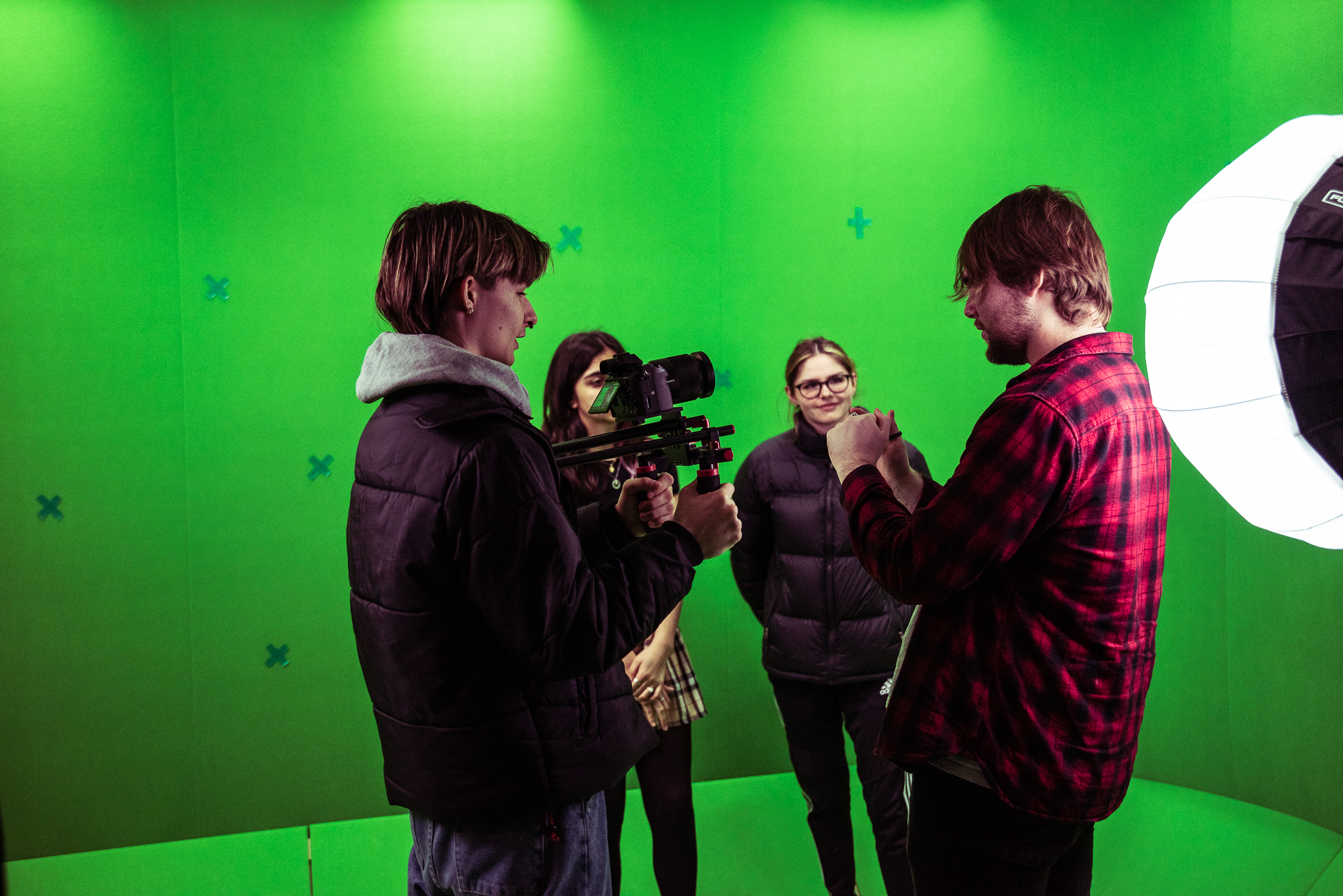
If you fancy studying film, why not start your journey at Access Creative College? Our Level 3 Film, Videography and Photography course focuses on essential skills like pre-production planning, production techniques, and post-production processes. We cater to students who have a passion for creating visual content and we provide a hands-on learning experience using industry-standard tools.
We have strong industry connections, and our students benefit from practical workshops, collaborations, and even work placements, which are crucial for building a professional portfolio.
Whether you want to be a Director, Editor, Sound Technician, or Photographer, ACC is the perfect place to start – apply now!


